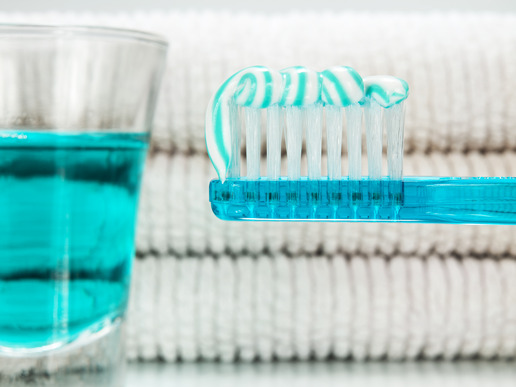 What is Gingivitis?
What is Gingivitis?
How many times have you heard the commercials for toothpaste or mouthwash, touting the products ability to prevent gingivitis? Sounds like a good thing to prevent, but what is gingivitis? What causes gingivitis and what are its symptoms? How is gingivitis prevented and what can be done about it should it develop?
Gingivitis is, simply, inflammation of the gingiva, more commonly known as the gums. Also referred to as gum disease, gingivitis most often occurs after the age of 35, and may affect up to 75% of older adults to some degree.
What Causes Gingivitis?
Most commonly, gingivitis is caused by tartar buildup that comes from bacteria accumulation on the teeth. Lack of proper dental hygiene encourages plaque buildup, which then leads to gingivitis-causing tartar. Other common causes of gingivitis can also be caused by malnutrition, viruses, genetic factors, and certain medications.
Symptoms of Gingivitis
Mild cases of gum disease usually cause no symptoms at all. However, as the disease progresses, common symptoms include:
- Bright red or purple gums
- Tender, painful gums
- Gums that bleed with brushing or flossing
- Swollen gums
- Receding gums
- Soft gums
- Bad breath
Preventing Gingivitis
The most effective way to prevent gingivitis is to practice proper oral hygiene. Brush your teeth at least twice a day, floss at least once a day, and rinse with whatever antiseptic mouthwash your dentist recommends. Also be sure to keep your bi-yearly dental cleaning appointments and contact your dentist immediately if you begin to show signs of gingivitis or other issues with your teeth.
Diagnosing and Treating Gingivitis
Even with excellent dental care and practices, it is still possible to develop gingivitis. During your routine cleanings, your hygienist will look for plaque and tartar buildup in the oral cavity, and may also take X-rays to check for periodontitis. If signs of gingivitis are present, your dentist will remove the plaque and tartar on your teeth through a process called scaling. Scaling might be uncomfortable, especially if the build-up is extensive, but the soreness should subside fairly quickly. Your dentist or hygienist will also discuss oral hygiene techniques with you to ensure that you are effectively removing plaque at home, and may go on to recommend treatments to fix any dental issues you may have that prevent you from being able to properly care for your teeth at home.
Early detection and treatment of gingivitis are vital since untreated gum disease can lead to potentially serious dental issues such as periodontitis, abscesses in the gums or jaw, infections, and may even contribute to systematic issues such as cardiovascular disease.
Gingivitis Treatment in Cuyahoga County, Ohio
Fortunately, gingivitis is easily preventable and easily treatable if caught early, so don’t delay addressing any gum issues you develop. Dr. Kenneth J. Wolnik and our expert dental hygienists in Parma Heights, Ohio, are more than happy to answer any gingivitis or other oral hygiene questions you may have. If you’d like more information, or have any dental concerns you wish to discuss with us, please make an appointment or contact Dr. Kenneth J. Wolnik:
Address
6363 York Rd, Ste 202
Parma Heights, OH 44130
Phone
(440) 888-5055
Email
[email protected]
Office Hours
Monday: 7:00am – 4:00pm
Tuesday: 8:00am – 5:00pm
Thursday: 8:00am – 6:00pm
Friday: 7:30am – 1:00pm
Connect with Dr. Kenneth J. Wolnik and Staff
Facebook
Twitter
Google +






